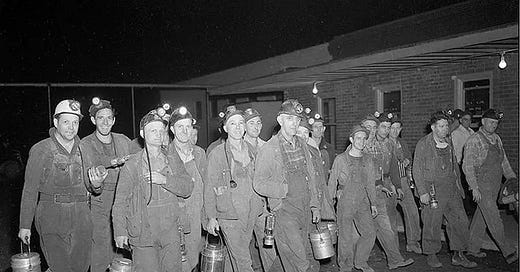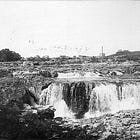SCOUTING YESTERDAY | Workers' strike led to coal shortage in South Dakota
This week in South Dakota history: Feb. 21-27
South Dakota’s coal supply was dwindling amidst a nationwide United Mine Workers union strike 75 years ago this week, according to the Feb. 22, 1950, edition of the Deadwood Pioneer-Times. Without guaranteed shipments, available stockpiles estimated to last one month, were all that could be counted on.
Eventually more than 370,000 workers would join the strike, causing the supply of soft coal — used as a heating and energy source — to reach an eight-day nationwide average. As the strike continued on, despite court rulings that ordered the industry back to work, cities, states and institutions were forced to begin conserving their fuel through a variety of measures including brownouts, thermostat regulations and closures. Nationally, coal-reliant industries such as rail and steel would layoff more than 225,000 workers during the strike.
South Dakota had already seen reduced rail service — a conservation plan ordered by the Interstate Commerce Commission — but as the strike lingered and supplies became increasingly low, communities were faced with conservation decisions of their own.
Keep reading with a 7-day free trial
Subscribe to The Dakota Scout to keep reading this post and get 7 days of free access to the full post archives.









